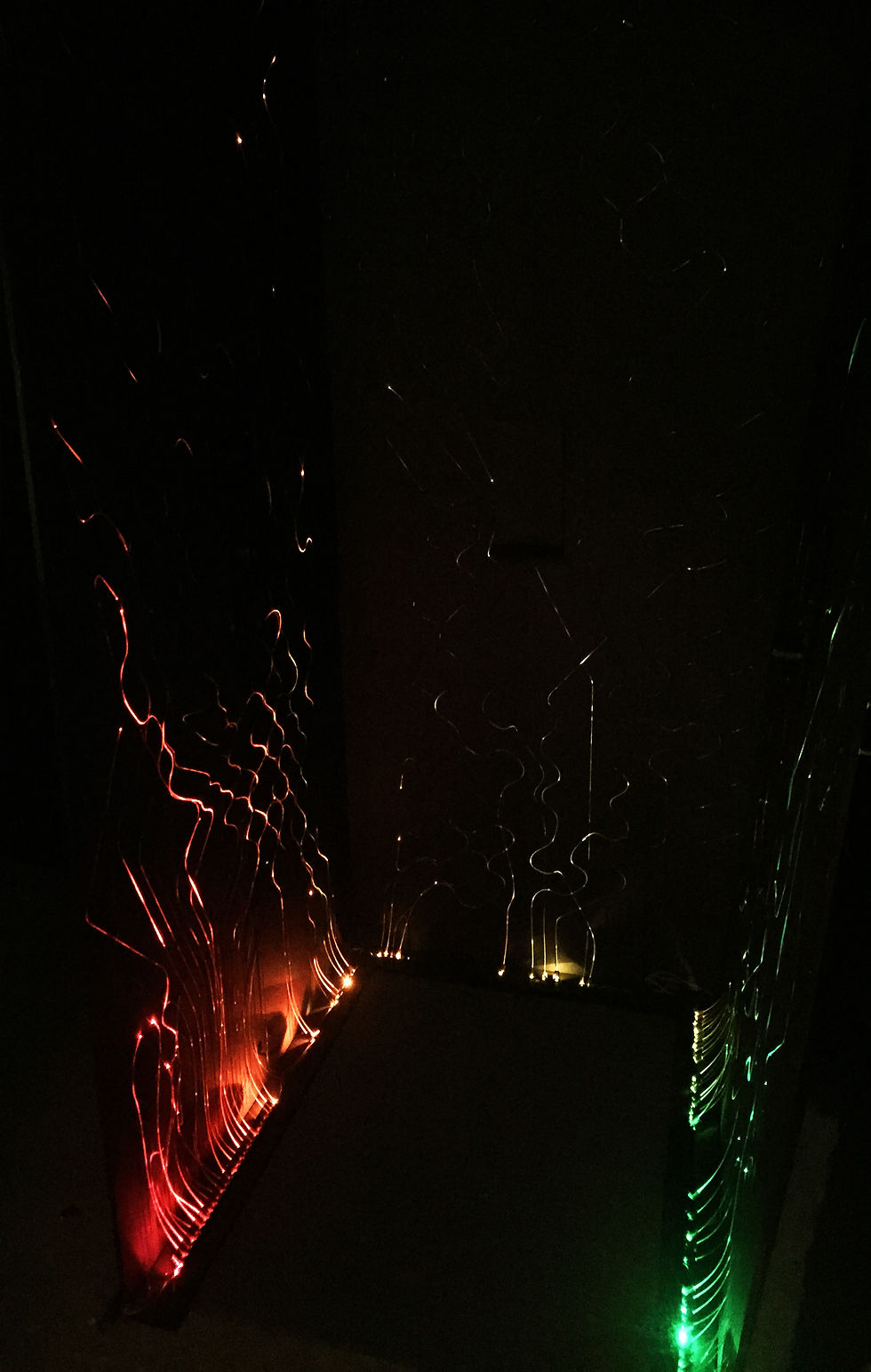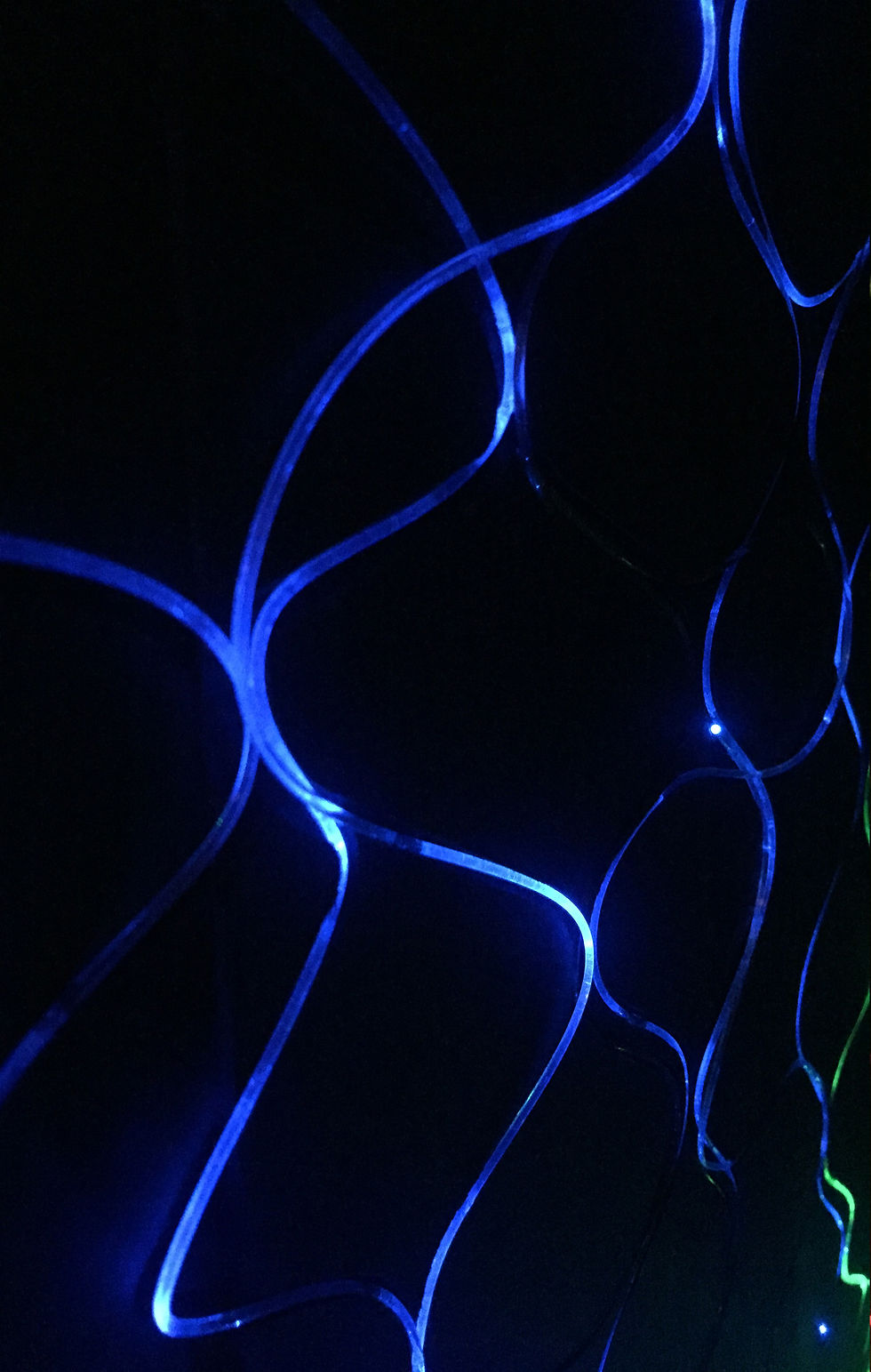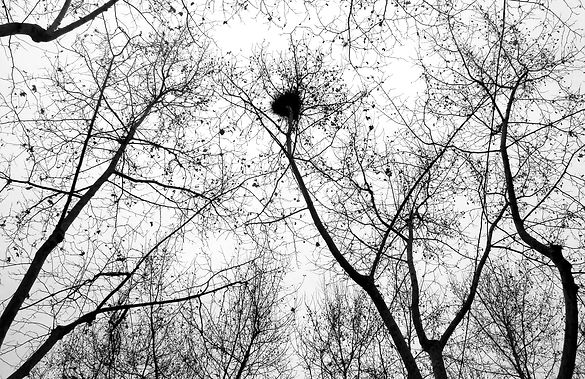
1. 2. 3.
The White Cube. Hack-a-light. Virtualine.
Senior Faculty: Carlos Gomez.
Guidance by: Jose Luis de Vicen, Bani Brusadin, David Dalmazz, Angel Munoz.
Special thanks to: Oscar Tomico and Advanced Fiber Optics, S.L. - Barcelona.
Research Project at
IAAC. Barcelona.Spain.
To connect or initiate or recreate or enhance, active or passive systems of varied scales in order to solve a problem or to create awareness or to create an experiential environment.
Scale of the connected systems.
Trees to installation.
Electromagnetic radiations to flashlight.
World Wide Web to kiosk.
Underlying concept
To see the unseen.
To make invisible visible.
Download full document.
Physical scale of phases :

Phase 1.
Tree borg.
Conceptual.
Phase 2.
Hack-a-light.
Object.
Phase 3.
Virtualine.
Physical space.
Phase one : Tree-borg.
Installation responding to oxygen outputs.
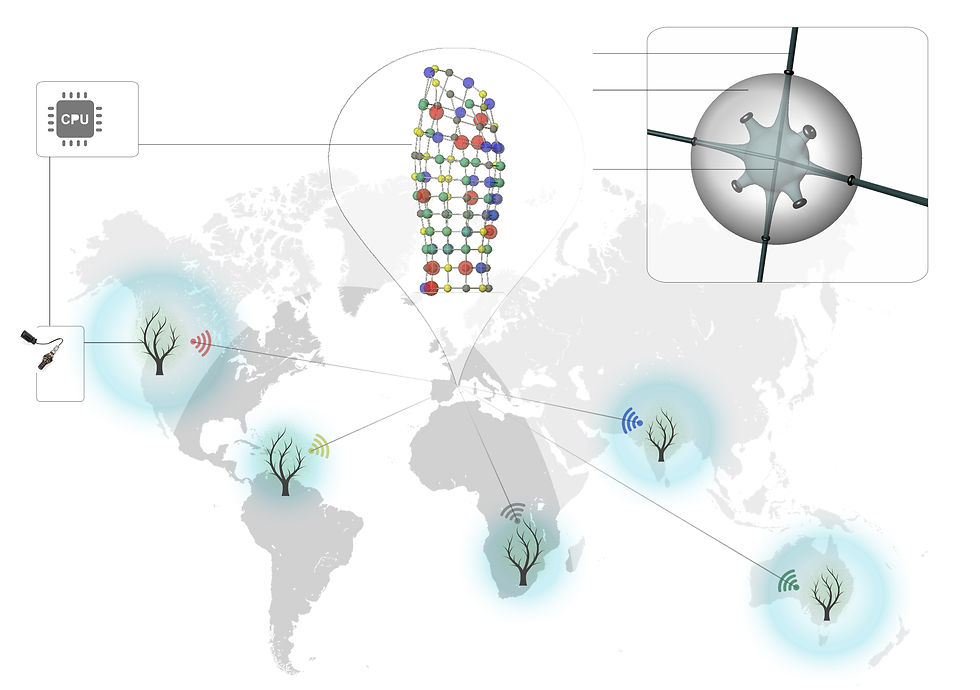
Structural
Framework
Inflatable
sphere
Controlled
air-tubes
Oxygen
sensor
A hypothetical project as a brainstroming exercise and with an intention to broaden our senses and perception of scales and systems.
Underlying Idea - To make the unseen, seen.
Explanation : Treeborg is a project designed to link a visible system of an installation with an invisible system of trees all around the world.
The idea is to link al lthe trees at a global scale by placing an 02 sensor on them. Thus it creates a network at global scale and linking it to an inflatable installation in Barcelona.This installation thus responds to the 02 emission of trees by inflating and deflating.
Phase 2 : Hack-a-light.
Introduction.
Extension of human senses has always been a tempting proposition.
Hack a light is a similar attempt to make invisible, visible to human eye.
The project is designed in phases and revolves around the idea of hacking
a daily usable object and with the help of embedded systems make it a tool
for extension of sense to see invisible, or less seen.
Brief.
We are not aware of how exposed we are to electromagnetic radiations, because these waves are invisible. So the aim of the product is to make the invisible, visible.
A portable handheld flash light, which detects the electromagnetic radiations that surround the environment. These waves are detected by a magnetometer and these readings are used to project varied colours from a neo-pixel ring.

The paradox of form.
An antique old flash light was hacked and systems were embedded in it.
A form based exploration to observe the interaction intrigued amongst the users with a modern embedded system into an antic form.

The obviousness of style.
A new flash light was designed and
fabricated for systems to be embedded into it to make the invisible
visible. The casing was 3D printed to fit all the devices inside.
A contradiction to the first form. Exploring the reaction by users handling the obviousness.
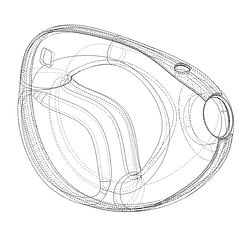
Coloured light with white noise :
An added sense .
Volume of white noise was calibrated with the intensity of the colour.
A pallette of different colours and intensities of white noise explored.
-
Blue.
-
Green.
-
Red.
-
Green + blue: Cyan.
-
Red + blue: Purple.
-
Red + green: Yellow.
Technical flowchart :


Magnetometer
Switch
Programmable LED Rgb ring
9V battery
Programmable circuit board.
8 ohm
speaker
Micro SD breakout board. 5V


Switch
Magnetometer
10k ohm
resistor
8 ohm
speaker
Arduino
micro
Micro SD
Breakout board
5V
9V battery
Addressable
Rgb LED ring
Concluding the phase 2 with a successful and exciting attempt to make electromagnetic radiations visible in a beautiful colour spectrum it was time to get inside the wires and make scale up the design. The brainstorming sessions led us to make big data our agenda and how can we make it visible in a physical space. Its time to make the internet colourful.
Intermediary workshop:
Before phase 3 a workshop project done at Eindhoven University of technology.
The underlying concept of seeing the unseen was explored with smart textiles.
The short 3 day workshop consists of brainstroming, idea development, experimentation and prototyping.
Thermochromics are explored.
A fabric made of thermochromic fibers responds to the heat by changing colours.
Seams.

Phase 3 : Virtualine.
Introduction.
A physical environment which is controlled by a web based activity from www.virtualine.net.
The idea is to represent that any virtual activity by an individual on the internet has an effect on someone else's
environment or space.
We leave so much data but we are always unaware of where these data adds up or what traces of data we leave behind with our everyday activities.
"The internet is now more potent than ever. It has not only sparked but fully captured the imagination, attention and productivity of more people than at any other point before. Never before have more people been dependent on, embedded into, surveilled by, and exploited by the web. It seems overwhelming, bedazzling and without immediate alternative" Hito Steyerl.

Physical Concept :
The online world that we all live in now is actually underwater and
somewhat invisible.
The idea of the physical installation is to create a
space out of fiber optics and also to bring in the sense of this unseen
world.
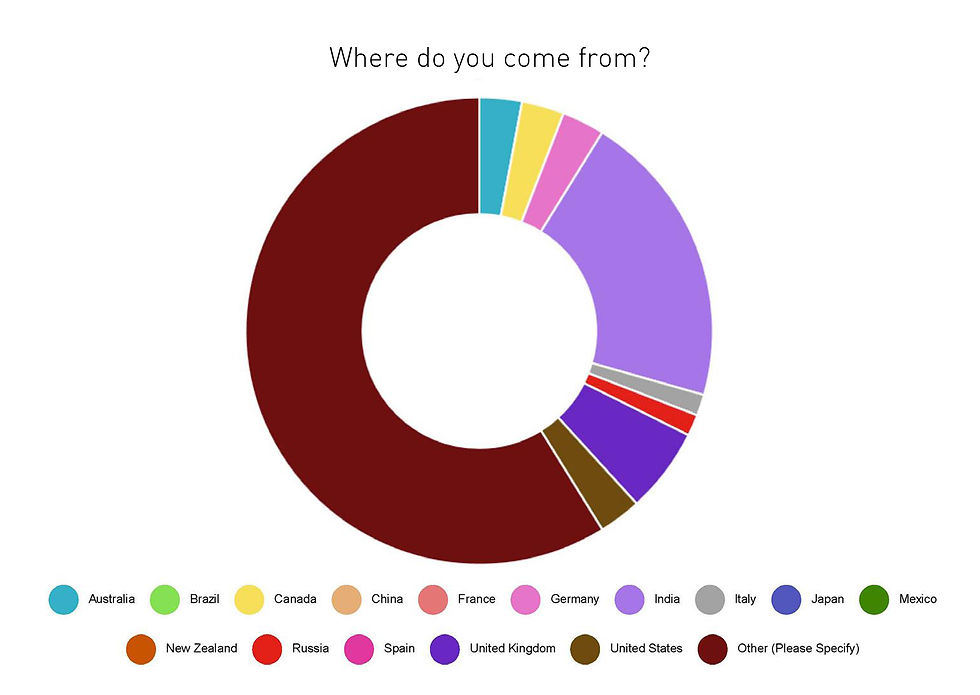



Process - The survey :
An online surey conducted to get an idea of how data is realised at a global context.
Another aspect for the survey was to understand how people interact with online forums and discussions.
Which topics they like to discuss most?
Which topics generates most unusual responses?
GENERAL QUESTIONS ASKED
ON SURVEY WEBSITES.
A few questions were asked on websites like disqus just to
understand how users interact with an interface of commenting on a website.
Some comments were related to the questions asked, some were completely bizzarre.
Some users even started their own conversation related to some other topic, completely forgetting about the asked question.
This helped into designing the interface of virtualine .
Process :
THE FORM.
For the ease of transportation from one place to another each sheet of mdf is cut and assembled into 4 pieces.
This made the installation to be reassembled anywhere easily.
Cutting sheets into modules made it easy and quick for purposes of milling the pattern and laser cutting the boundaries.
To fit the modules together simple joints of cuts and grooves were made.
After assembling the 4 piece panels
together fiberoptics are fixed onto it.

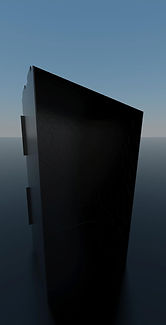
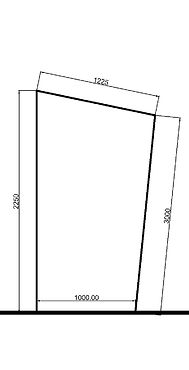
Dimensions :1200x1200x2250mm
Material :10 mm thick black mdf
THE PATTERN
Base Pattern done by an algorithm of hexagon deformation.
Due to the placement of LED lights on the base of the panels, the pattern was to be converted into single curves starting from bottom to top.
At the bottom level the pattern has to be arranged in parallels.
After generating the base pattern, each pattern was edited
based on the requirement of keep the patterns in single curves.
The total length of all the curves were kept under 160 meters,
to manage the length of fiberoptics.

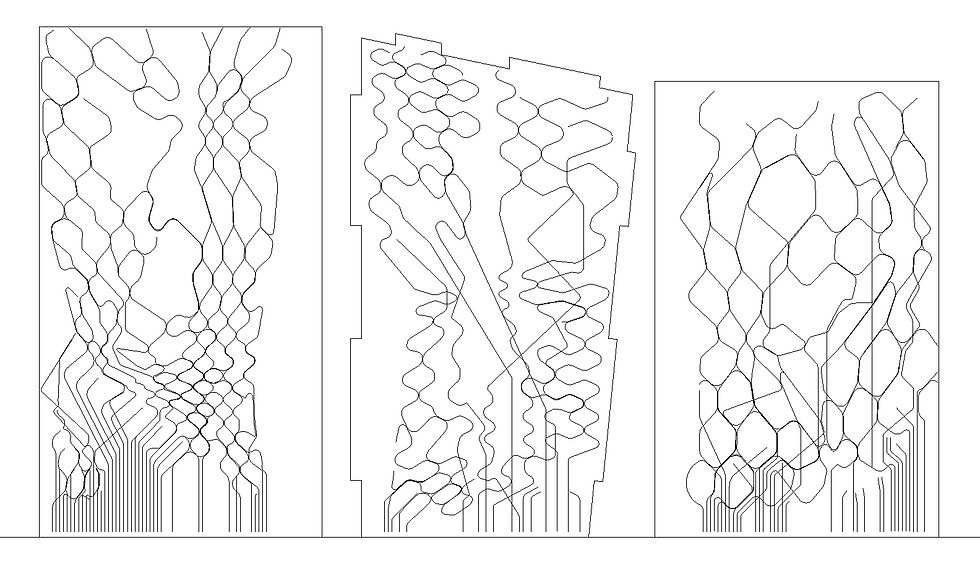

CNC MILLING.
Sample piece of milling the pattern on 5 mm thick mdf as grooves. The radius of fiberoptics being 1.5 mm, 2mm grooves were done on a sample one.
For the final piece the groove is done with a depth of 3mm as the material thickness is 10mm and to let the fiberoptic settle inside
completely rather than protruding outside.
This made the assembly process of fiber optics on the mdf
easier and neater.
After milling each panel was refined by sandpaper to make the grooves more smooth and neat.
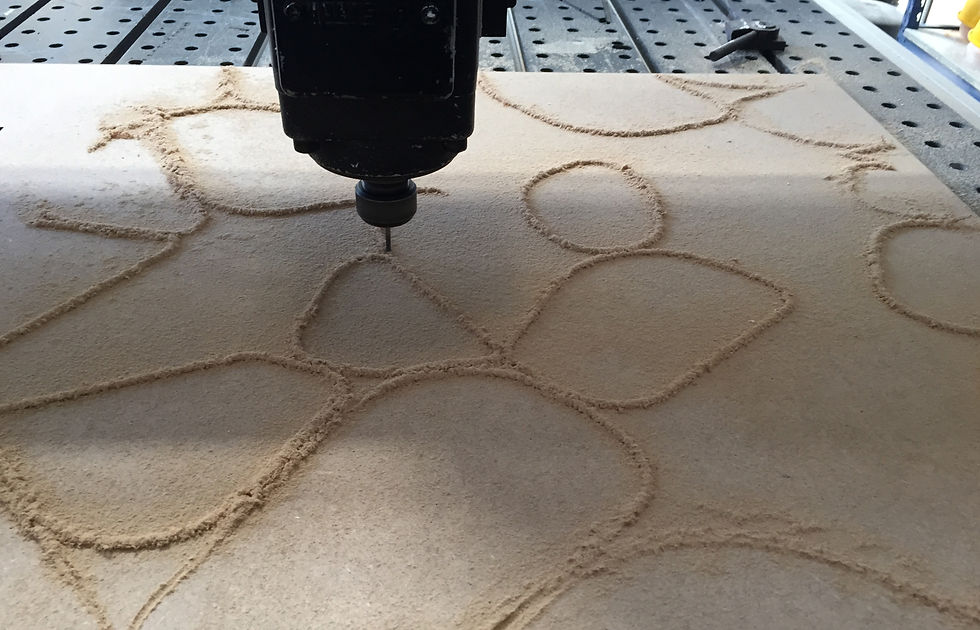
Milling a sample piece.
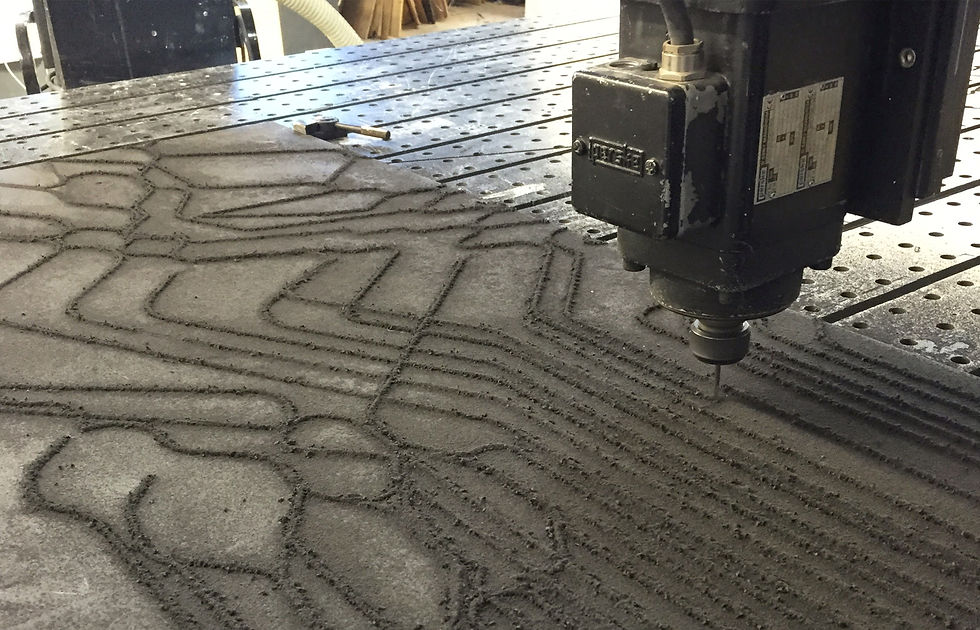
Milling the final pieces.
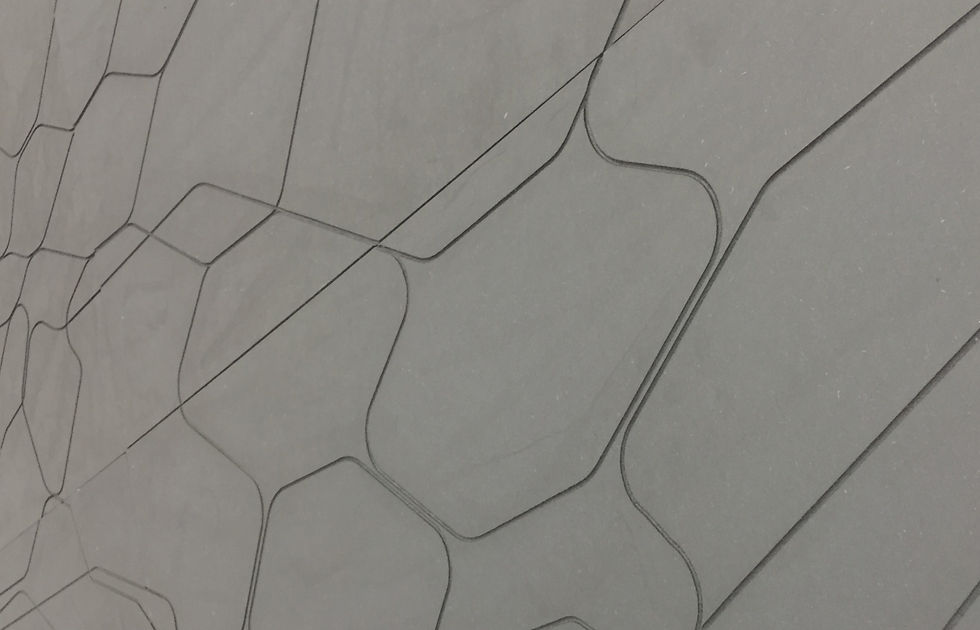
After milling and sanding.

Milling a sample piece.
FIBER OPTICS
Experimenting with fiberoptics.
Testing how much light one LED can transmit in one cable of fiber optic.This gave a basic idea of the approximate length of each fiber opticto be used in one continuous line or string.
Different kinds of light were tried to check the best possible output.
Different surface treatments were tried on the fiber optics to increase the output of light from the fibers.
By making cuts on the fiber optics increased the output of light locally.
Sanding a part of it gives a gradient like output

Checking the circuit.

Samples of slits and sanding on fiber optics.
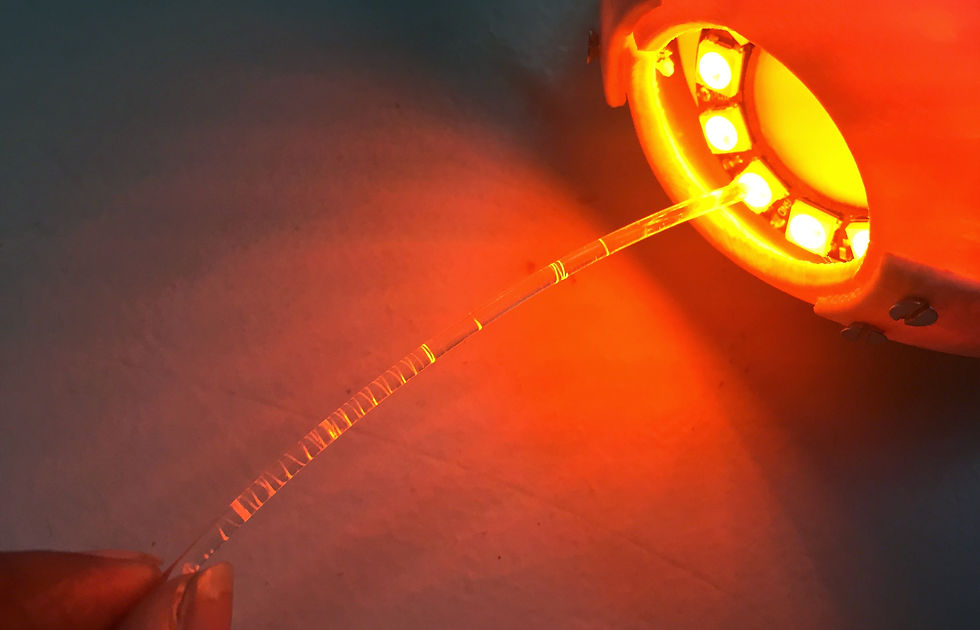
Testing fiber optics with slits with a LED ring

Checking the circuit.
The assembly :
Fiber optics were layed on the panels inside the grooves.
Each fiber optics was tagged and
placed as per the drawing.
While inlaying fiberoptics , they
were taped to keep them in position.
Due to the depth of the groove and the curves in the pattern most of the fiberoptics stayed in position when the tape was
removed.For other a little glue has to be applied from top.
3D PRINTED
DETAIL FOR
FIXING FIBER OPTICS TO LEDS.
A small detail was 3D printed for the fiber optics to be fixed in place to the Led strip light. This detail helped in making it possible for fiber to be placed on the focal point of light for the maximum intensity of light needed.
This also made it possible for the light to be passed all the way up to fill the pattern.
The focal point of light was very necessary and that was the main reason for having a detail printed out.
3D printed pieces were fixed to the led with the fiber optics and tested to get the maximun intensity of light before fixing on the engraved wood panels.

Fiber optic detail drawing.

Fitting fiberoptics.

Assembly of panels.

Fiber optic detail drawing.
LEFT : Speaker sound
calibrated to
facebook data.

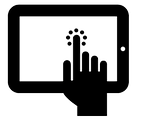
Displays website.
RIGHT : Speaker sound
calibrated to
twitter data.

PANEL ASSEMBLY
The panels were assembled in studio to make sure all the fittings were perfect.
The panels were held together by cut and groove on the adjacent panel.
The design made the panels very strong and rigid.
The tape was not removed untill the panels were moved to the exhibition space just to make sure they were kept in place and according to the pattern.
The panels were designed to hold two speakers which are calibrated according to the data which is created on facebook and twitter in real time. With every tick sound from the speaker, 6GB of data is created on facebook and 2000 new tweets are made on twitter.
This gives the visitor an idea of how much data is created by us every second.
The tablet displays the interface for the website www.Virtualine.com.
The interface :
A new interface was made for the project and the website www.virtualine.net makes it possible for the users to leave a comments on different topics and interact with the physical installation.
The idea of the physical installation is to create a space out of fiber optics and also to bring in the sense of this unseen world, by interacting with the installation throuh your comments or data that you leave on internet.
www.virtualine.net
VIDEO FEED
A live video feed of the installation would also be visible on the interface for users from different parts of the world to see the space change according to their comments.
NEXT TOPIC
The interface is generated in such a way that the topic changes and users can leave comment on different topics.
CURRENT TOPIC
Current topic would be the active topic and would be the topic that lets you interact with the space.
PAST TOPIC
The past topics would still be visible for users to read later or data that was entered as comments on the topic could be used to understand the behaviour of people on social network.
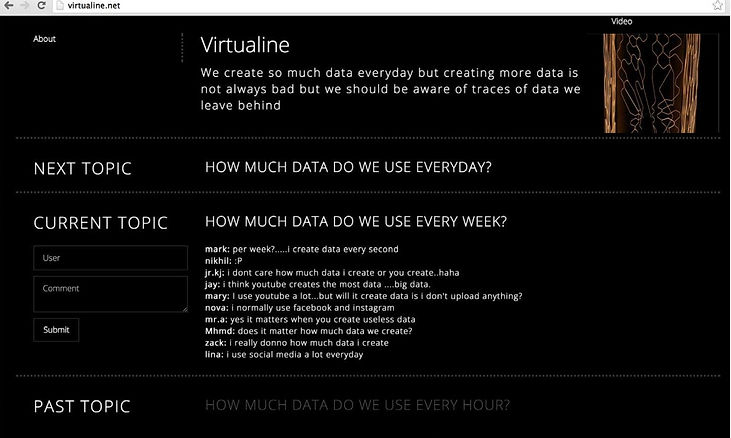
Final output :

Video documentation and presentation.

THE EXHIBITION.
The project ends with an exhibition with a realtime interaction between the users interacting with the physical space and the users who were online on the virtual space of


